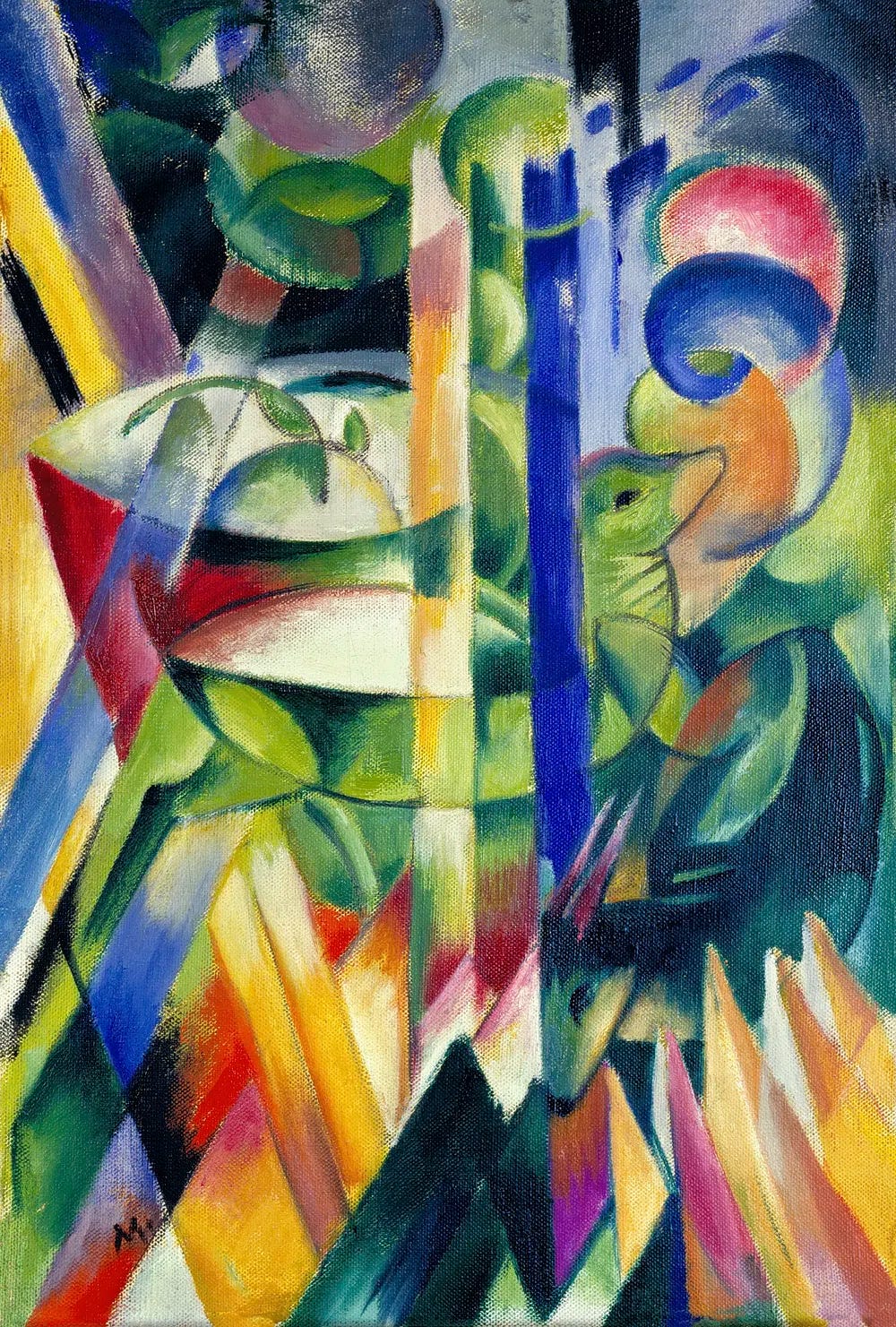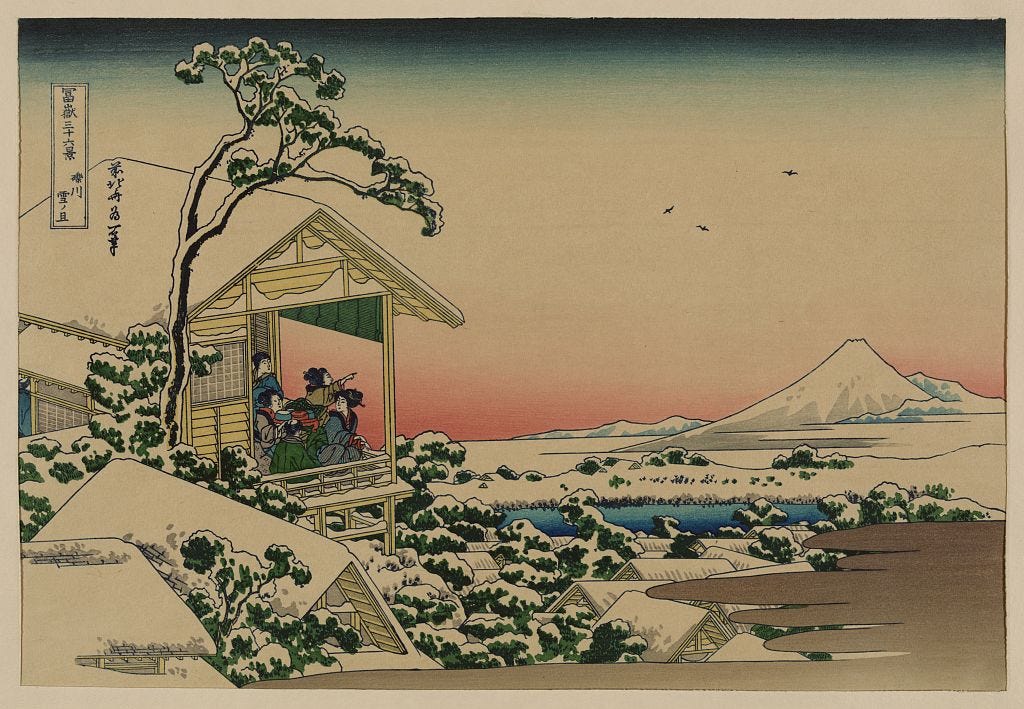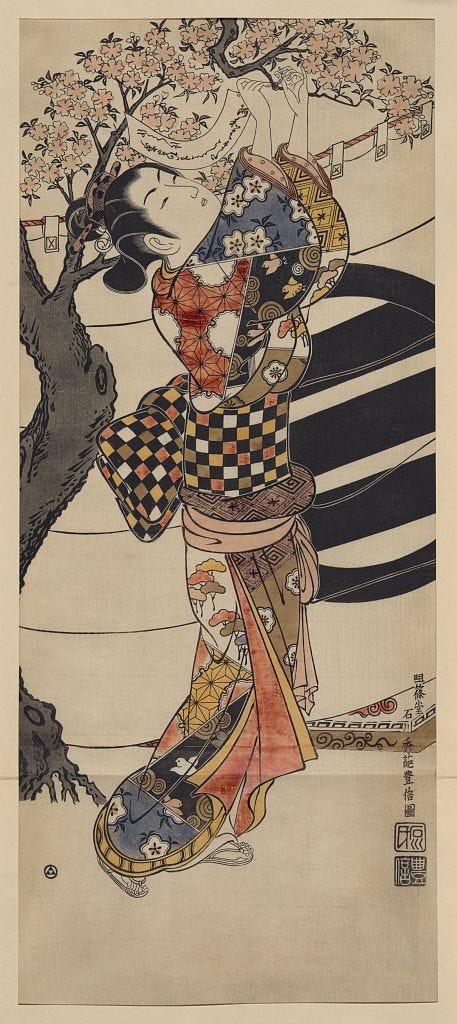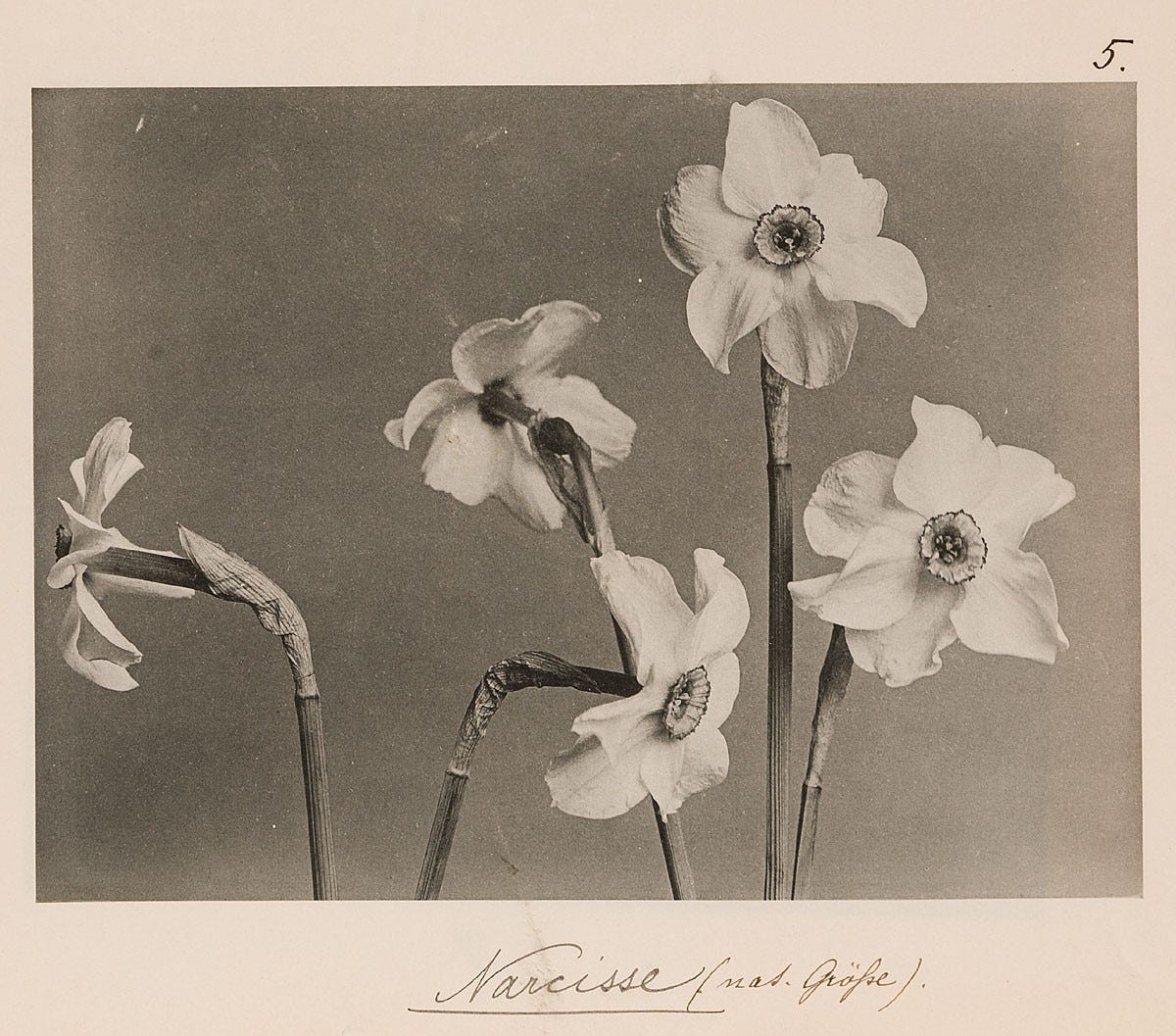Four by Four #2

Four Things To Read
- Kindred, by Octavia Butler - Originally published in 1979, this book tells the story of a 20th century Black woman who, along with her white husband, is brought to face to face—through a time travel neither of them can control with the complex realities of slavery. It is scarily relevant today, given the historical revisionism in which the right is engaged, which is why I’ll be teaching it in the fall.
- The Anti-Racist Creative Writing Workshop, by Felicia Rose Chavez - While this book focuses on the creative writing classroom, both graduate and undergraduate, the principles Chavez outlines for the anti-racist potential in making the classroom a place students can own—many of which will be familiar to you if active or experiential learning have ever been part of your practice—are well worth engaging no matter what grade or subject you teach.
- Poet, Artist, Erotic Muse of Mexico’s Avant Garde: Rediscovering Nahui Olin, by Claire Mullen - An essay about an important, forgotten, but now rediscovered Mexican woman artist and poet “who reveled in her own beauty, who painted portraits of herself with her many lovers, and who was eventually shunned by society and died, decades later, in the house that she grew up in, alone.”
- A catatonic woman awakened after 20 years. Her story may change psychiatry, by Richard Sima - New research, along with the stories of April Burrell and Devine Cruz, suggests that a subset of patients with psychiatric conditions such as schizophrenia may actually have autoimmune disease that attacks the brain.
Four Things To See
These are royalty free images I found while poking around on the web. The first one, by Franz Marc, reminds me a little bit of the paintings by Terry Netter I included in Four by Four #1. I also love the idea of hanging poems from the branches of a tree. It’d be an interesting thing to do, say, for a botanical garden event.




Four Things To Listen To
- The Many Genders of Judaism - This episode of Adventures in Jewish Studies, the Association for Jewish Studies’ podcast, is a marvelous example of how reading ancient texts in light of contemporary sensibilities can, in fact, help rather than hinder understanding.
- Born in the USA - If you don’t know the Broads and Books podcast, it’s well worth a listen. The hosts, Amy and Erin, pick a theme and have a lot of fun exploring it by asking each other questions about their lives and then by sharing brief reviews of books they’ve read and pop culture they’ve consumed in keeping with the theme. This episode on hypocrisy was really good.
- Study of the Invisible, by Vanessa Wagner - I discovered Vanessa Wagner’s music entirely by accident and I fell in love with it. If you like thought-provoking solo piano, I think you’ll like it too. (Here’s a link to Spotify in case you’re not on Apple Music.)
- Jethro Tull, The String Quartets - If you like Jethro Tull and you want to hear—I know I’m repeating this phrase—really thought-provoking versions of their music, this album is worth listening to. (Spotify)
Four Things About Me
- When I was a teenager, I wanted to be an orthodox rabbi. I was less interested in leading a congregation, though, than in the intellectual pursuit of Jewish learning. It gave me a purpose that I later found in writing.
- In my early twenties, I worked at a summer camp in the Hudson Valley, where my campers gave me the nickname High Lama of the Bald Pate and where my supervisor told me, without irony, that it was a good thing I didn’t have aspirations to be a cult leader.
- I spent the 1988-89 academic year teaching English in South Korea. I taught myself to read Hangeul and learned to love Korean food by reading a different item off the menu on the wall each time I ate at one of the restaurants near where I lived. My students told me—because I ate and liked things the Americans they’d known had refused even to taste—that I must have been Korean in a former life.
- My colleagues and I watched the opening ceremony of the 1988 Olympics from the roof of the building in which one of us lived, but I don’t remember going to a single Olympic event.
Thanks for reading It All Connects...! Subscribe for free to receive new posts and support my work.
Subscribe to it All Connects...
A poet and essayist, I write about gender and sexuality, Jewish identity and culture, writing and translation. My goal? To make connections that matter. I also help other writers do the same.





